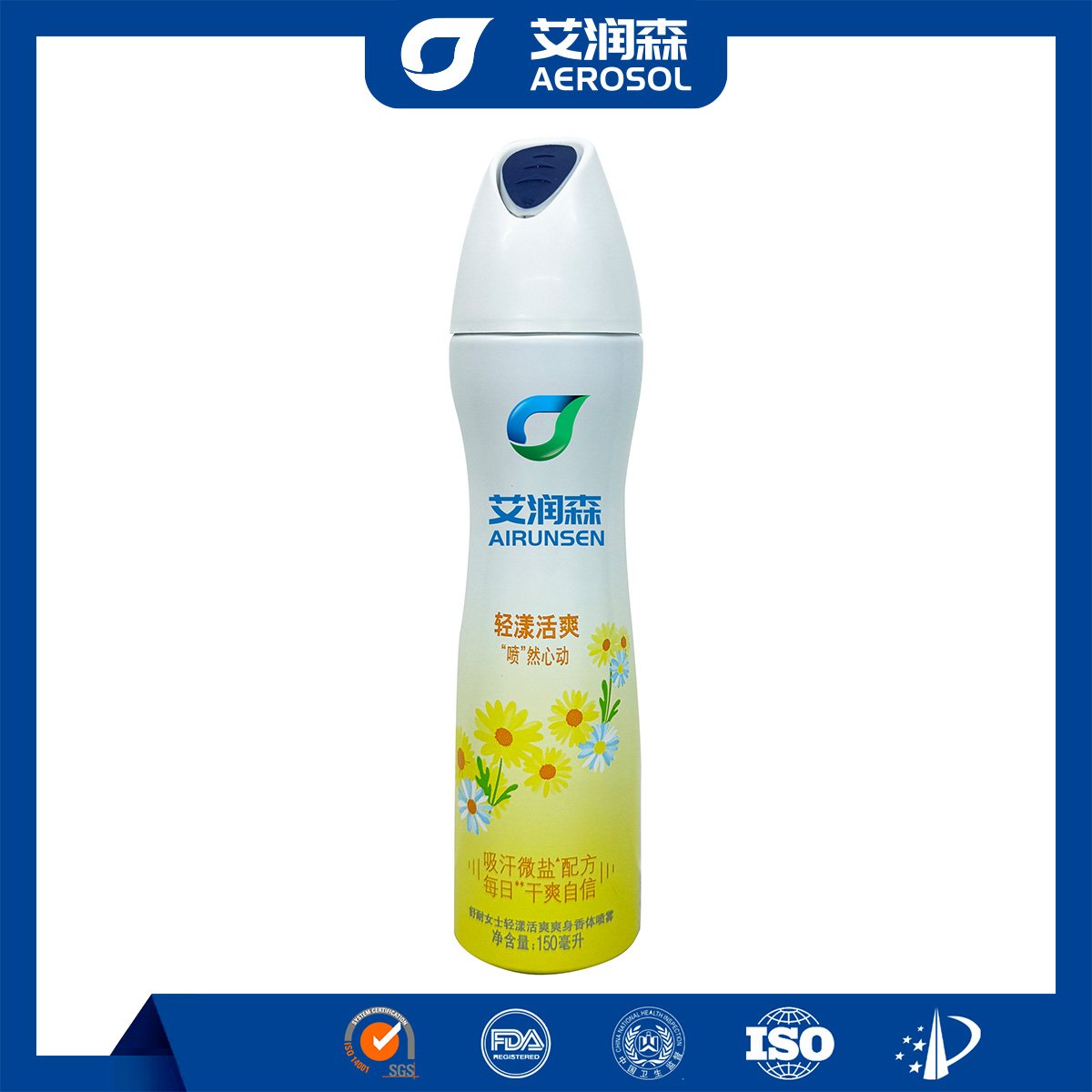Composition
- Silicone – based Compounds
- High – temperature release agents often contain silicone – based components such as polydimethylsiloxane. These silicone compounds have excellent heat – resistance properties. They can withstand high temperatures without decomposing or losing their effectiveness. The silicone structure provides a slippery surface that prevents the molded material from sticking to the mold. The molecular chains of silicone are flexible and have low surface energy, which allows for easy release of the product.
- Fluoropolymer – based Compounds
- Fluoropolymer – based ingredients like polytetrafluoroethylene (PTFE) are also used. PTFE is known for its extremely low coefficient of friction and high – temperature stability. It can form a thin, non – stick film on the mold surface. The fluorine – carbon bonds in fluoropolymers are very strong and can resist the harsh conditions of high – temperature molding. These compounds also have good chemical resistance, which means they can withstand the chemicals present in the molding materials.
- Additives and Carriers
- Some release agents may include additives such as anti – oxidants to prevent the degradation of the active ingredients under high -emperature and oxidative conditions. Carriers like solvents or emulsifiers are used to help in the application of the release agent. Solvents can dissolve the active components and allow for easy spraying or brushing onto the mold. Emulsifiers are used to create a stable emulsion if the release agent is in a liquid form, ensuring even distribution of the active ingredients.
Efficacy
- Prevent Adhesion
- The primary efficacy of high – temperature release agents is to prevent the molded product from adhering to the mold. When the molding material, such as plastic, rubber, or composite, is subjected to high – temperature and pressure during the molding process, it has a tendency to stick to the mold surface. The release agent forms a barrier layer that reduces the surface energy of the mold, making it much less likely for the material to bond with the mold. This ensures that the product can be easily removed from the mold without damage or deformation.
- Enhance Product Quality
- By enabling easy release, it helps to maintain the integrity of the molded product. There are no marks or blemishes caused by the product sticking and tearing during removal. The smooth release also allows for a more precise molding shape, as the product is not distorted during the demolding process. For example, in the production of precision – molded plastic parts, the use of a high – temperature release agent can ensure that the parts have accurate dimensions and a high – quality surface finish.
- Improve Molding Cycle Efficiency
- Quick and easy release of the product means that the molding cycle can be repeated more rapidly. The time taken to demold the product is significantly reduced, which increases the overall productivity of the molding process. This is especially important in high – volume manufacturing operations where a short cycle time can lead to higher production output and reduced costs.
Advantages
- Temperature Resistance
- The most obvious advantage is its ability to function effectively at high temperatures. It can be used in molding processes that involve temperatures ranging from several hundred to over a thousand degrees Celsius, depending on the specific formulation. This makes it suitable for a wide range of industrial applications such as the production of metal castings, high – temperature plastics, and ceramic molding.
- Versatility
- High – temperature release agents are versatile and can be used with different types of molding materials. Whether it’s a thermosetting plastic, a metal alloy, or a composite material, the release agent can provide effective demolding. They can also be used with various molding techniques such as injection molding, compression molding, and die – casting.
- Long – lasting Effect
- A good – quality high – temperature release agent has a long – lasting effect. Once applied to the mold, it can withstand multiple molding cycles before needing to be reapplied. This reduces the frequency of application, saving time and labor costs in the manufacturing process.















